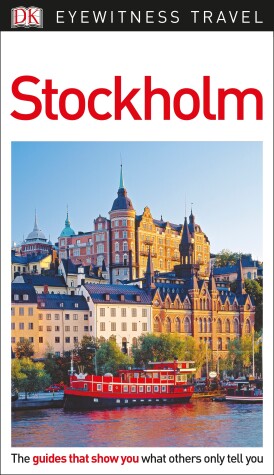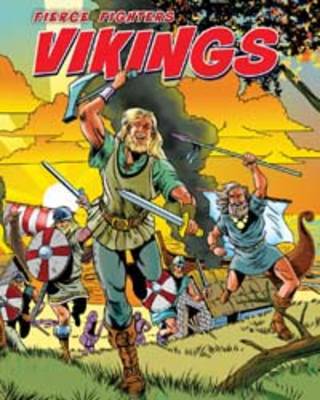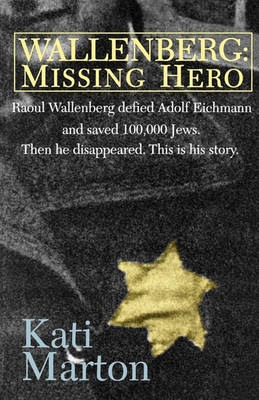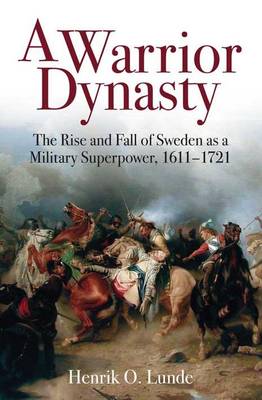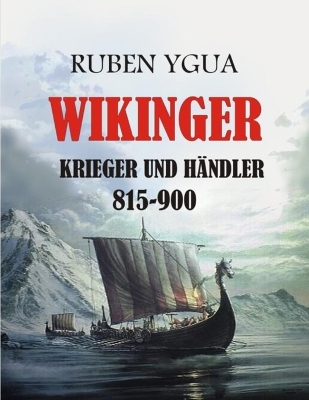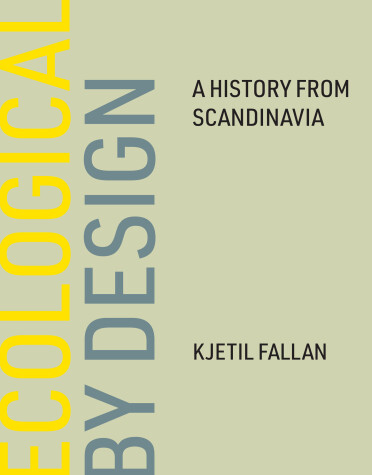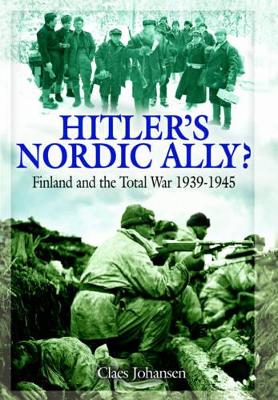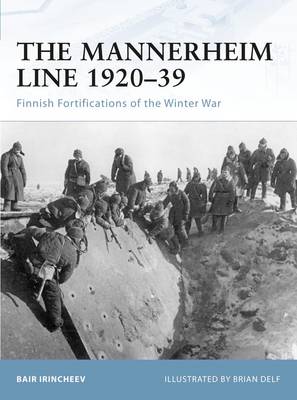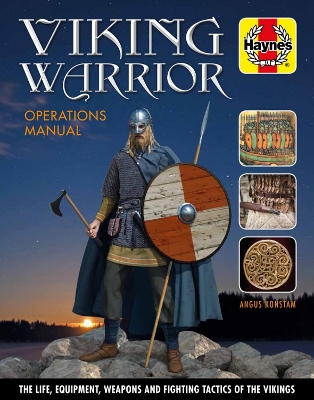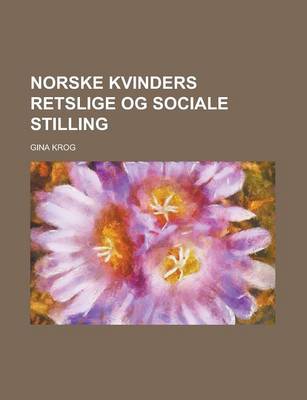The Campaign in Norway (Official History of the Second World War)
by T. K. Derry
Filled with beautiful illustrations, useful maps, and colorful images, this guide will help you find your way effortlessly around Stockholm. Covering the city center out to Blasieholmen, Skeppsholmen, Gamla Stan, and beyond to Djurgården, this travel guide is packed with itinerary suggestions, restaurant recommendations, and handpicked hotels. Marvel at the city's naval history at the Vasamuseet, wander the beautiful grounds of Drottningholm, and discover why Stockholm is often referred to as "...
This high interest series will offer an introduction to historical warfare and notable warriors from ancient history. Each title will focus on one group of ancient warriors, providing details about the weapons they used, the battles they fought and the geography they covered.
Text by Snorri Sturluson in Olafs Saga Tryggvasonar En Mesta
by Olafur Halldorsson
A fearless young Swede whose efforts saved countless Hungarian Jews from certain death at the hands of Adolf Eichmann, Raoul Wallenberg was one of the true heroes to emerge during the Nazi occupation of Europe.
There has been a recent trend in history to interpret the rise and fall of great powers in terms of economics, or demographics, or geography. This is not always true, as this book proves, because sometimes pure military skill can propel a nation to prominence, if it is simply able to crush all its opponents on a battlefield. No better example arises than that of Sweden beginning in the 17th century, which held supremacy over northern Europe for 100 years without any technological, geographic or...
The Icelandic Free State which flourished from 930 to the middle of the thirteenth century gave rise to a sophisticated political system and had a rich literary culture. However, by 1400 the structure of this society had begun to crumble. The following period, from 1400 to 1800, has been largely overlooked by scholars. In this book Kirsten Hastrup offers an analysis of Icelandic society during a period of remarkable social disintegration and technological decline. She approaches the subject...
How ecological design emerged in Scandinavia during the 1960s and 1970s, building on both Scandinavia’s design culture and its environmental movement. Scandinavia is famous for its design culture, and for its pioneering efforts toward a sustainable future. In Ecological by Design, Kjetil Fallan shows how these two forces came together in the late 1960s and early 1970s, when Scandinavian designers began to question the endless cycle in which designed objects are produced, consumed, discarded, an...
German and Scandinavian Protestantism 1700-1918 (Oxford History of the Christian Church)
by Nicholas Hope
This book is the first history in English of the Lutheran Church in Germany and Scandinavia in the eighteenth and nineteenth centuries. A period of fundamental and lasting change in the political landscape with the separation of the old twin monarchies of Sweden-Finland and Denmark-Norway in Scandinavia (1808, 1814), and the unification of Germany (1866-71), this was also a time of particular unease and upheaval for the church. Attempts to emulate the spiritual community of the early church, re...
Sweden, a Good Life for All (Discovering Our Heritage)
by Kari Olsson
Presents Swedish geography, education, traditions, social customs, and sports, with a chapter on Swedes in America. Includes a list of Swedish consulates in the United States and Canada, and a glossary.
Finland was the only nation with an elected and democratic government to fight on the German side in WWII. Despite being small, poorly armed and made up of conscripts, the Finnish army was probably the most effective fighting force at the time, managing with practically no outside help to keep the mighty Red Army at bay for more than three months during the Winter War of 1939-40. In 1944, the devastating Soviet mass attack against the Finnish army involved the largest artillery assault of the e...
In the wake of the bloody civil war that followed Finland's independence from Russia in 1917, the border between the two countries was established across the Karelian Isthmus, an area long fought over by Russia, Finland and Sweden in their attempts to dominate the northern tip of Europe. Neither the Soviets nor the Finnish were comfortable with such a divide which was only 32km from the military and industrial city of Petrograd. As such, both sides began an intensive period of fortification and...
In the summer of 793 AD Viking raiders attacked and looted the monastic island of Lindisfarne, off the coast of Northumberland. This assault was only the beginning, within 18 months huge areas of the British coast was being devastated by the terrifying shi
On September 30, 2005, the Danish newspaper Jyllands-Posten published twelve cartoons of the Prophet Muhammad. Five months later, thousands of Muslims inundated the newspaper with outpourings of anger and grief by phone, email, and fax; from Asia to Europe Muslims took to the streets in protest. This book is the first comprehensive investigation of the conflict that aroused impassioned debates around the world on freedom of expression, blasphemy, and the nature of modern Islam. Jytte Klausen...

